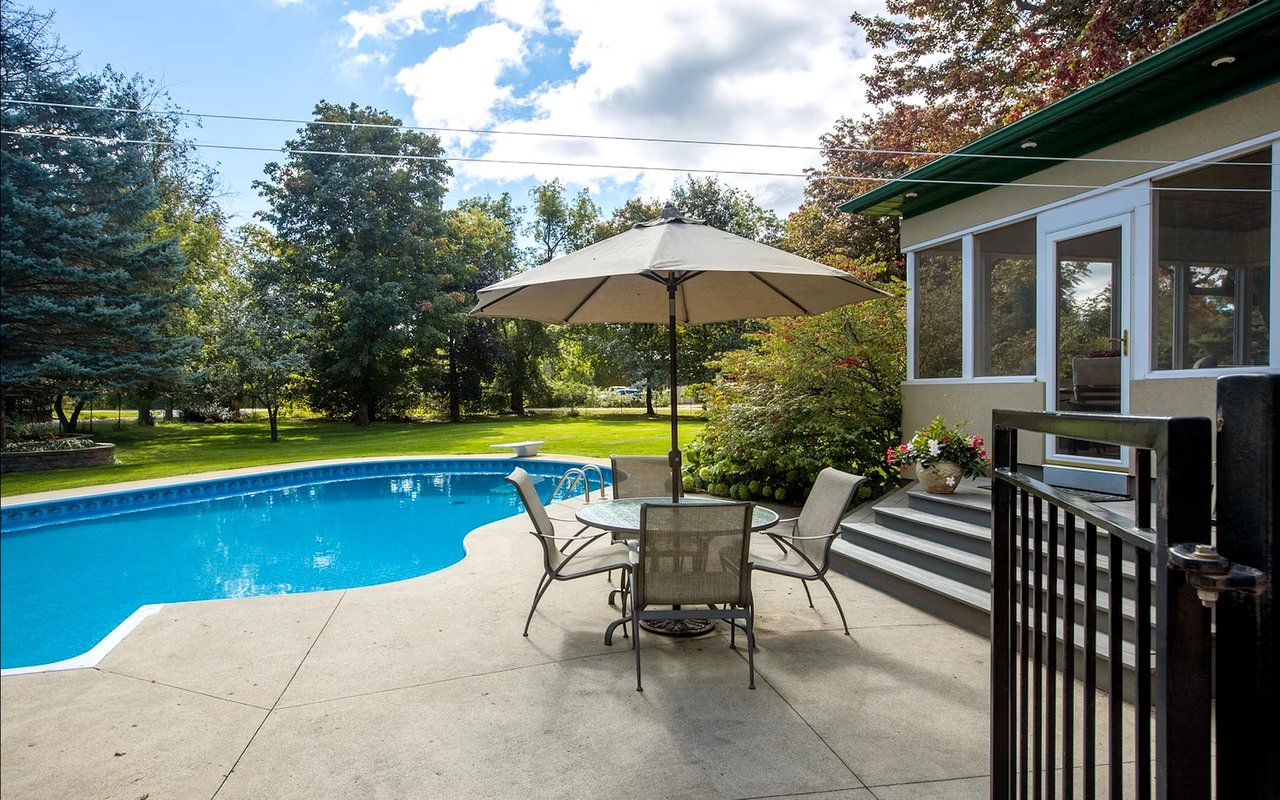Owning a home comes with a sense of pride and responsibility. It's more than just where you live. It's one of the biggest investments you’ll make. Protecting that investment starts with understanding how homeowners insurance works and what it actually covers. While it’s often required by lenders, the details of your policy matter just as much as the payment itself.
Whether you’re buying your first home or reviewing your current coverage, knowing what exactly homeowners insurance covers can give you confidence and peace of mind.
What Exactly Does Homeowners Insurance Cover?
Homeowners insurance is a contract between you and your insurance provider. In exchange for your monthly or annual premium, your insurance company agrees to help cover losses or damages to your property and personal belongings under certain conditions.
This protection is designed to lessen financial strain if something unexpected happens. It can also help cover liability costs if someone is injured on your property. Policies typically include a variety of coverage types rolled into one package, but not every situation is automatically covered.
The Structure of a Standard Policy
A standard homeowners insurance policy generally covers six key areas:
1. Dwelling Coverage
This protects the structure of your home itself. If your house is damaged or destroyed by a covered event, such as a fire, windstorm, or falling object, dwelling coverage helps pay for repairs or rebuilding. It includes the walls, roof, floors, built-in appliances, and attached structures like a garage.
2. Other Structures
This portion applies to features not directly attached to your house, such as a shed, detached garage, fence, or gazebo. If these structures are damaged by a covered peril, they’re included under this section of your policy.
3. Personal Property
Personal property coverage protects your belongings. This includes furniture, clothing, electronics, kitchenware, and other household items. If they’re stolen or damaged by a covered event, your policy may reimburse you for the loss, often based on either replacement cost or actual cash value.
4. Liability Protection
Liability coverage protects you if someone is injured on your property or if you accidentally cause damage to someone else’s property. It can cover medical expenses, legal fees, and even court judgments up to your policy’s limit.
5. Medical Payments
Separate from liability coverage, this section pays for minor medical expenses if a guest is hurt on your property, regardless of fault. It helps address smaller claims without needing a lawsuit.
6. Loss of Use (Additional Living Expenses)
If your home is damaged and you can’t live in it while repairs are being made, this part of your policy can cover temporary housing, food, and other related costs.
Covered Perils: What’s Typically Included
Most homeowners insurance policies cover a specific list of events, known as “perils.” Common covered perils include:
- Fire and smoke
- Windstorms and hail
- Lightning
- Theft or vandalism
- Falling objects
- Weight of snow or ice
- Water damage from burst pipes or overflowing appliances
- Explosions
- Damage from vehicles or aircraft
If you’ve ever wondered, “What exactly does homeowners insurance cover?” you’ll want to start by reading through your policy’s list of covered events. Keep in mind that while these are often included in standard coverage, policies can vary by provider and region.
What Homeowners Insurance Doesn’t Cover
Homeowners insurance is broad, but it does not cover everything. Common exclusions include:
- Flood damage
- Earthquake damage
- Routine maintenance
- Mold, unless caused by a covered event
- Infestation from pests
- Sewer backups
- Neglect or intentional damage
In areas like Sarasota, where flooding is a concern, you may need separate flood insurance. The same goes for earthquakes or other risks not included in a standard policy. Optional add-ons, also known as endorsements or riders, can expand your protection for high-value items or specific scenarios.
How to Determine the Right Coverage
Getting the right policy means looking beyond just the price. You’ll need to evaluate the value of your home, the cost to replace your belongings, and how much liability coverage you’re comfortable with.
Take inventory of your personal property when calculating the value of your items. This list can also help you during a claim. Make sure to review your coverage limits and deductible options, as these will affect your premium and out-of-pocket costs.
If your home has been recently renovated or if you’ve added features like a pool, you may need to update your policy. It’s a good idea to review your coverage annually or whenever major changes take place.
Filing a Claim: What to Expect
If damage or a loss occurs, the first step is to notify your insurance provider as soon as possible. Take photos of the damage, document what was lost or affected, and keep records of repair estimates or receipts.
The insurer will assign a claims adjuster to evaluate the situation. Based on their findings and the terms of your policy, you’ll receive a settlement offer. If you have a replacement cost policy, the amount should cover the cost to replace damaged items. Depreciation will be factored in if your policy is based on actual cash value.
Stay organized throughout the process. Prompt communication and thorough documentation help keep your claim moving smoothly.
Why It Matters in the Sarasota Market
In a market like
Sarasota, where property values continue to shift and unique weather conditions play a role, having the right homeowners insurance is especially important. Whether you live inland or closer to the coast, policies need to reflect the true value of your home and your specific needs.
Get Guidance From a Local Real Estate Professional
Choosing the right homeowners insurance is part of a larger process. From buying your first home to preparing it for sale, knowing how to protect your investment matters. Working with someone who understands the local market, the types of homes in Sarasota, and the importance of proper coverage makes a difference.
Chris Carpenter helps clients navigate all aspects of the real estate process with confidence. That includes answering questions about insurance requirements, home values, and preparing a property to stand out in today’s market. If you're ready to take the next step in your real estate journey,
connect with Chris to make sure you have the insight and support you need from start to finish. You may also check
Sarasota, FL homes for sale!
*Header Image courtesy of Unsplash










